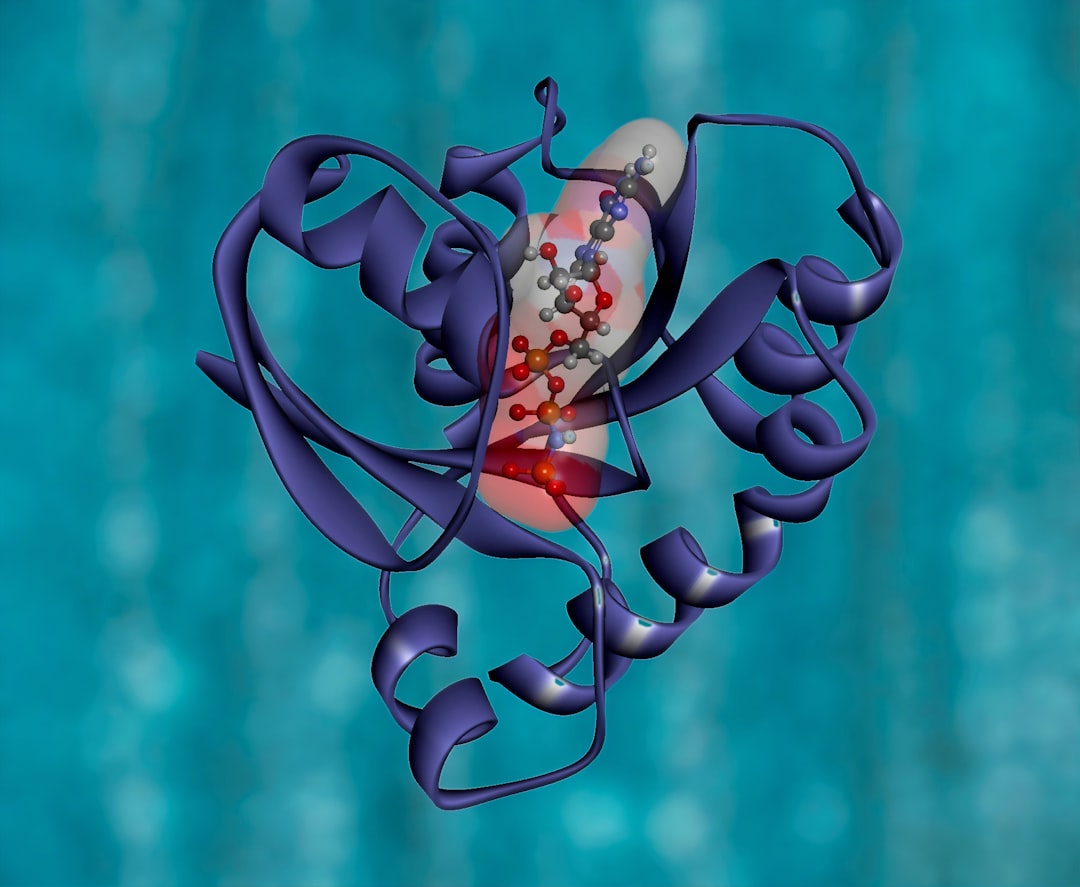What is it about?
We answer the question: how hard can a stingray bite? Cownose rays (Rhinoptera bonasus) manage to crush hard-shelled mollusks like clams with jaws made of cartilage. We see how the crushing ability of cownose rays changes as they grow from juveniles to adults by modeling and measuring their bite forces. We measured bite forces by getting rays to bite down on a device which records force. We used these measured data to then justify a biomechanical model which estimates bite forces from the arrangement of muscles in the jaws of these stingrays. Turns out, these stingrays have a tendon and bone, like a patella, in their mouth which redirects forces - making these rays have one of the strongest bites among all sharks and rays!
Featured Image
Why is it important?
We document how a 'sesamoid' (a bone which develops within a tendon), made of cartilage in this case, in the mouths of cownose rays aids them in making their biting more efficient. This mouth-patella increases potential bite forces in these rays by over 70%! Once correcting for size, we find these rays, which have molar teeth and robust jaws, have one of the highest bite forces of any shark or stingray!
Perspectives
Cownose rays have been blamed for shellfish declines along the eastern seaboard of the United States and although they are capable predators of shelled prey, their bite forces are still not formidable enough to crush oysters!
Dr Matthew A Kolmann
University of Washington
Read the Original
This page is a summary of: Feeding biomechanics of the cownose ray,Rhinoptera bonasus, over ontogeny, Journal of Anatomy, July 2015, Wiley,
DOI: 10.1111/joa.12342.
You can read the full text:
Resources
force-vector diagram of bite forces in cownose rays
how the sesamoid fibrocartilage redirects forces
juvenile Rhinoptera caught in North Florida
Baby rays sometimes get entangled in fishermen gear
Electrically-stimulating the jaw muscles of a cownose ray
We electrically stimulated the jaw muscles of anesthetized cownose rays to record the forces they produce when they bite. This lets us know what size shellfish they can crush.
Cownose ray jaws are quite robust!
Cownose ray jaws (top) are considerably more robust than jaws of other batoids, like skates (bottom). In addition - their teeth are flattened, interlocking plates that form a solid, domed crushing surface.
Contributors
The following have contributed to this page










